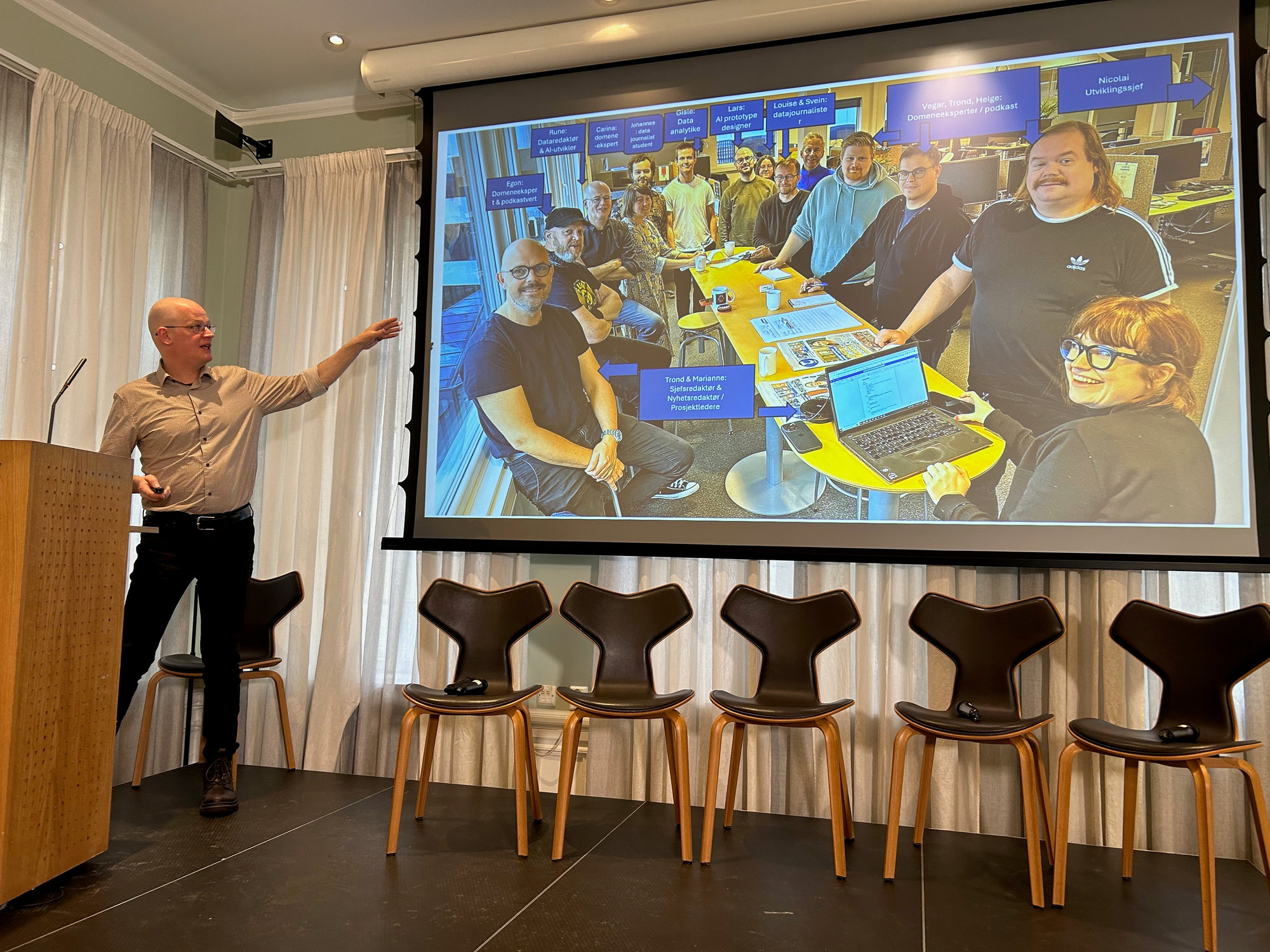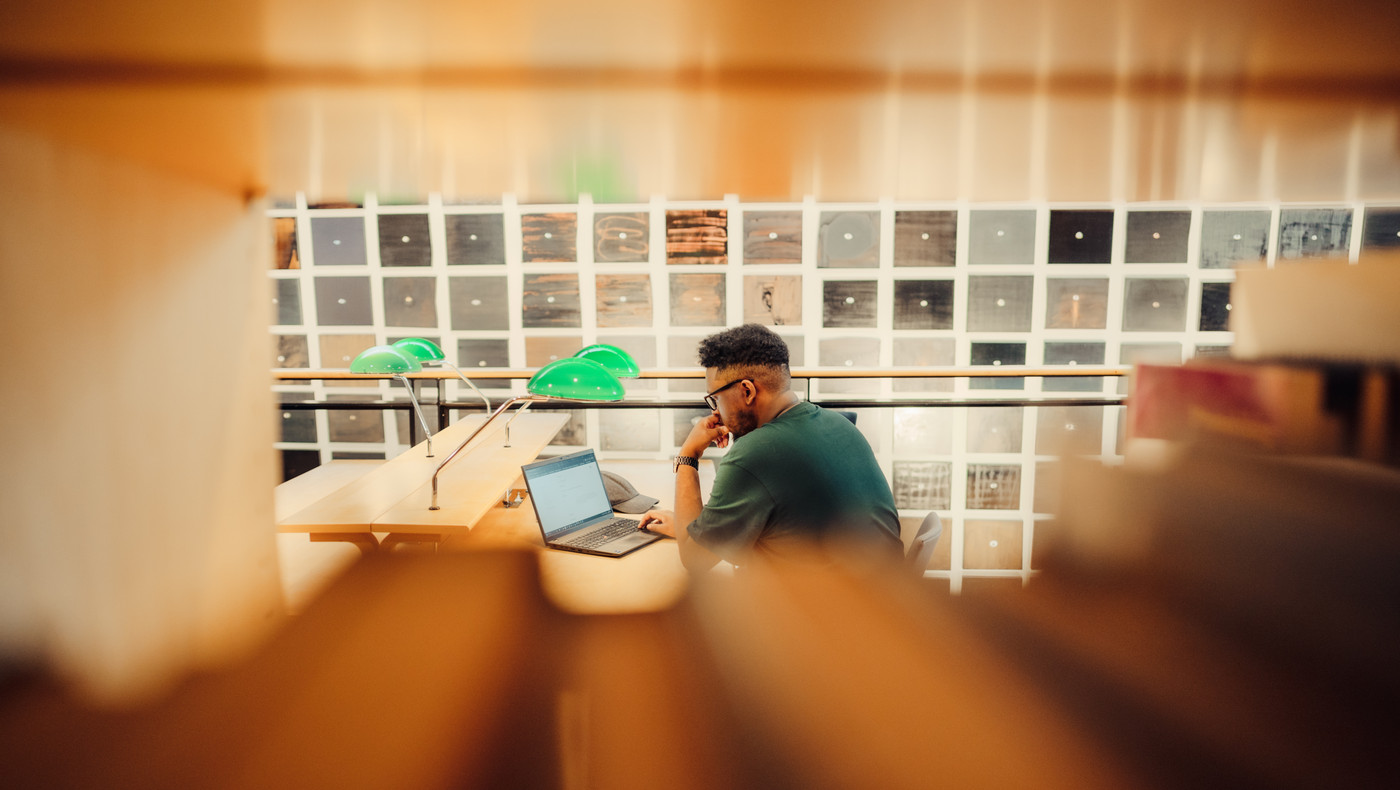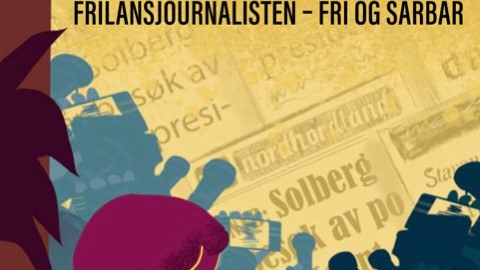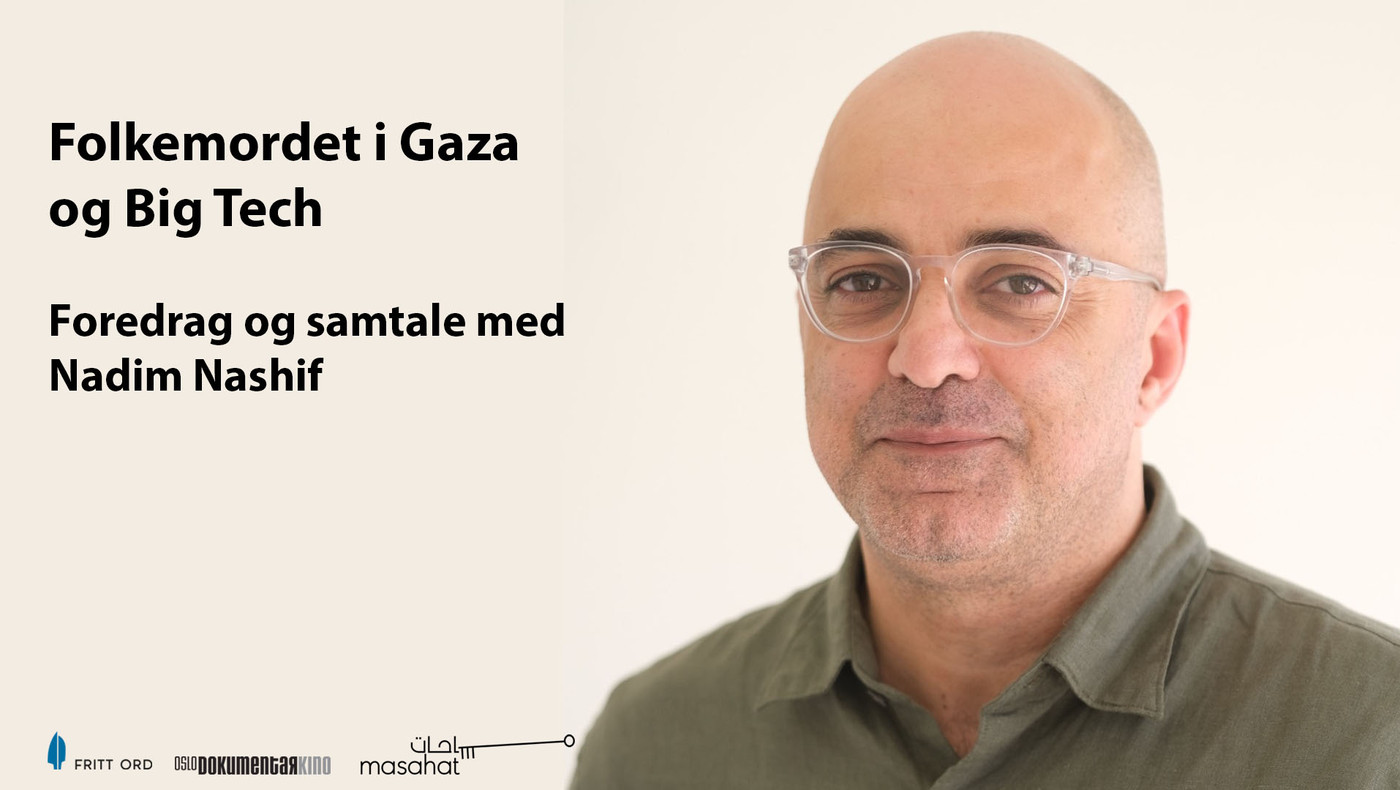Breathing new life into investigative journalism, even in small newsrooms
In recent years, Norwegian journalists have gained access to powerful tools and new methods for investigative journalism, even in small newsrooms. New types of collaboration are producing results. How has all this happened? Fritt Ord asked this question in a debate seminar on 14 February.
The panel consisted of Per Christian Magnus and Kristine Holmelid from the Centre for Investigative Journalism (SUJO), Ingeborg Eliassen and Amund Trellevik from Investigate Europe, and Rune Ytreberg, IT editor for the newspaper iTromsø.
Watch a recording of the entire debate here:
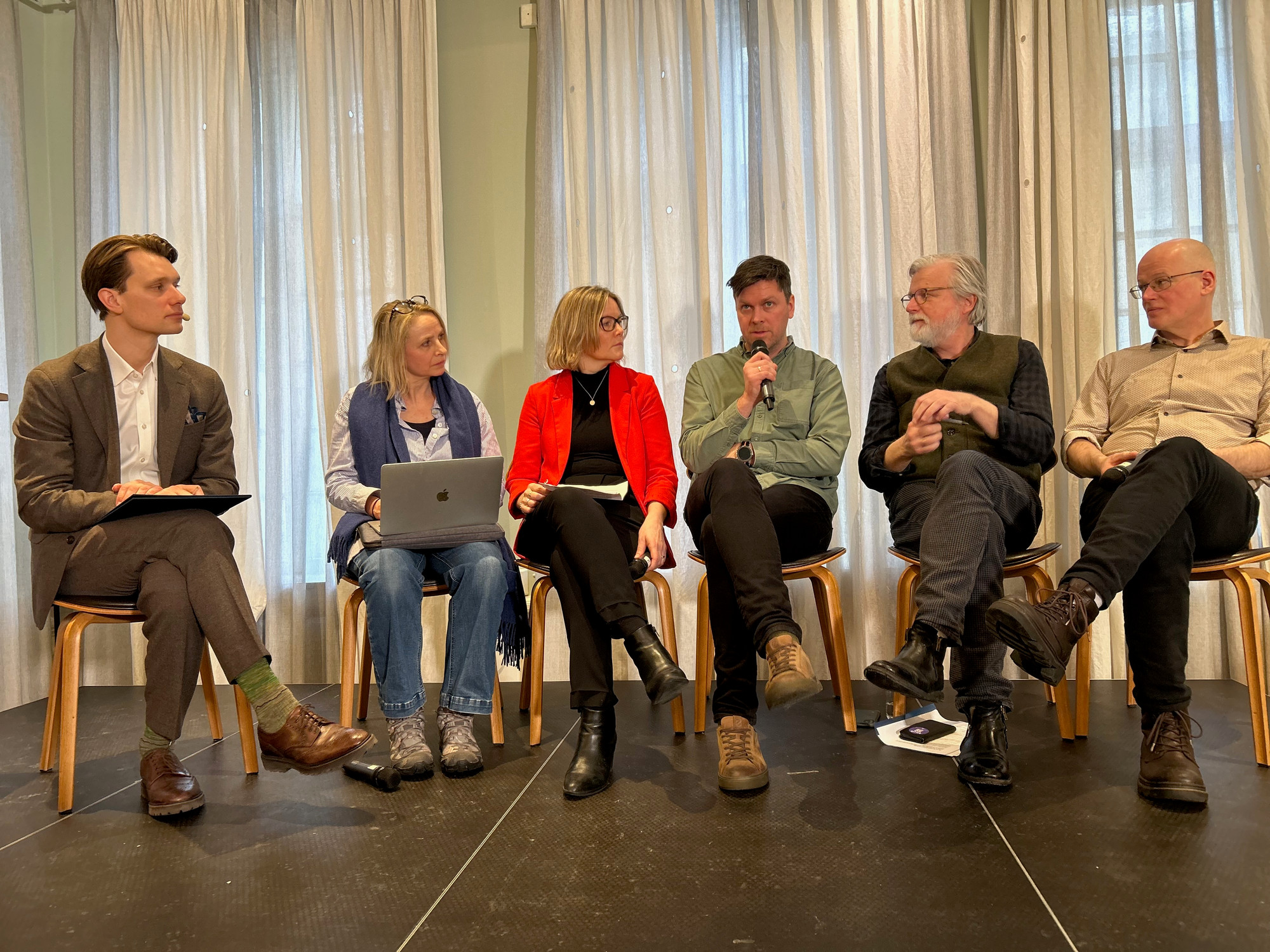
Aspiring to more “routine investigation”
Each group had their own explanation for what everyone agreed should be called “breathing new life into investigative journalism”. iTromsø’s experiences were based on the use of AI. The journalist cooperative Investigate Europe (IE) referred to collaboration between newsrooms locally, nationally and internationally. SUJO, founded in 2018 and involved in 68 investigative projects to date, is of the opinion that the key lies in new methods, such as publishing results on an ongoing basis rather than waiting for a major ‘big-bang’ story down the line.
“I would remind you that the Watergate case was based on continuous news coverage. They published everything they found as they went along,” recalled Per Christian Magnus.
Breathing new life into investigative journalism
Investigative journalism is in a stronger position in small and large newspapers alike because editorial teams prioritise strictly and acquire new, concrete expertise that produces results.
- There is active collaboration across editorial teams as well as corporations that includes exchanges of experiences and methods, and not least, artificial intelligence (AI).
- Norway’s unique local newspaper flora, investigative journalism that engages readers and new tools based on AI are important explanations for the revitalisation of investigative journalism in Norway today.
SUJO’s Per Christian Magnus calls it "routine investigation”. Ytreberg confirmed the image described by Magnus:
“Our investigations are not like the big VG specials that feature a single, lengthy documentary. Instead, they are made up of multiple articles that tell a fragmented story,” explained Ytreberg.
Magnus and Holmelid also criticised the “elitist definition of investigative journalism” for being so strict that it “pulls the ladder up behind it”.
“The vast majority of investigative projects in Norway fall somewhere in the middle, involving doing your own research, having more than two sources, and using several methods,” Magnus observed.

Internationalion of the local .
All the panelists agreed that investigative journalism has become more important for media companies’ bottom line lately, largely because investigative stories attract subscriptions and more readers, which have in turn become increasingly important for advertising revenue. In the past, investigative journalism had a reputation for being expensive and not particularly profitable. Today, many see this differently.
However, Amund Trellevik and Ingeborg Eliassen of Investigate Europe told the seminar that it is exceedingly difficult for freelancers like them to get paid properly for the thorough efforts required of them. This applies to Norwegian and other European media houses alike. Consequently, Investigate Europe depends on project support from a number of foundations, including Fritt Ord.
The major projects IE has undertaken across national borders include projects on pesticides in European agriculture (Silent Death), trade with Russia despite the war (Fuelling War), on the fight over minerals and mining, China’s footprint in Europe, the apparatus around Frontex, the EU borders and the plastic waste project ‘Wasteland’, which got 30 local newspapers involved.
The cooperative comprises about 20 people in 13 countries, who create ‘pan-European local stories’. Eliassen calls them an ‘editorial start-up’.
“We want to open the doors to closed rooms in Brussels,” she says, "and show what discussions and decisions in the corridors of the EU buildings mean in practice for local communities in Norway.”
In the plastic waste project, they explained how the newspapers worked together, and how they proved that half of the carefully sorted plastic waste from Norwegian municipalities goes to incineration in Germany and Sweden. On the EU mineral strategy, they collaborated with Telemarksavisa on the Fens field, which is full of rare earth metals.
“Rules set in Brussels have consequences in all countries and many communities, but many in Norway have no idea where these rules come from until they suddenly appear, but with a five-year delay because Norway is not a member of the EU,” Eliassen recounted.
Both the Centre for Investigative Journalism and Investigate Europe make their tips and methods readily available to inspire others to embark on similar projects.
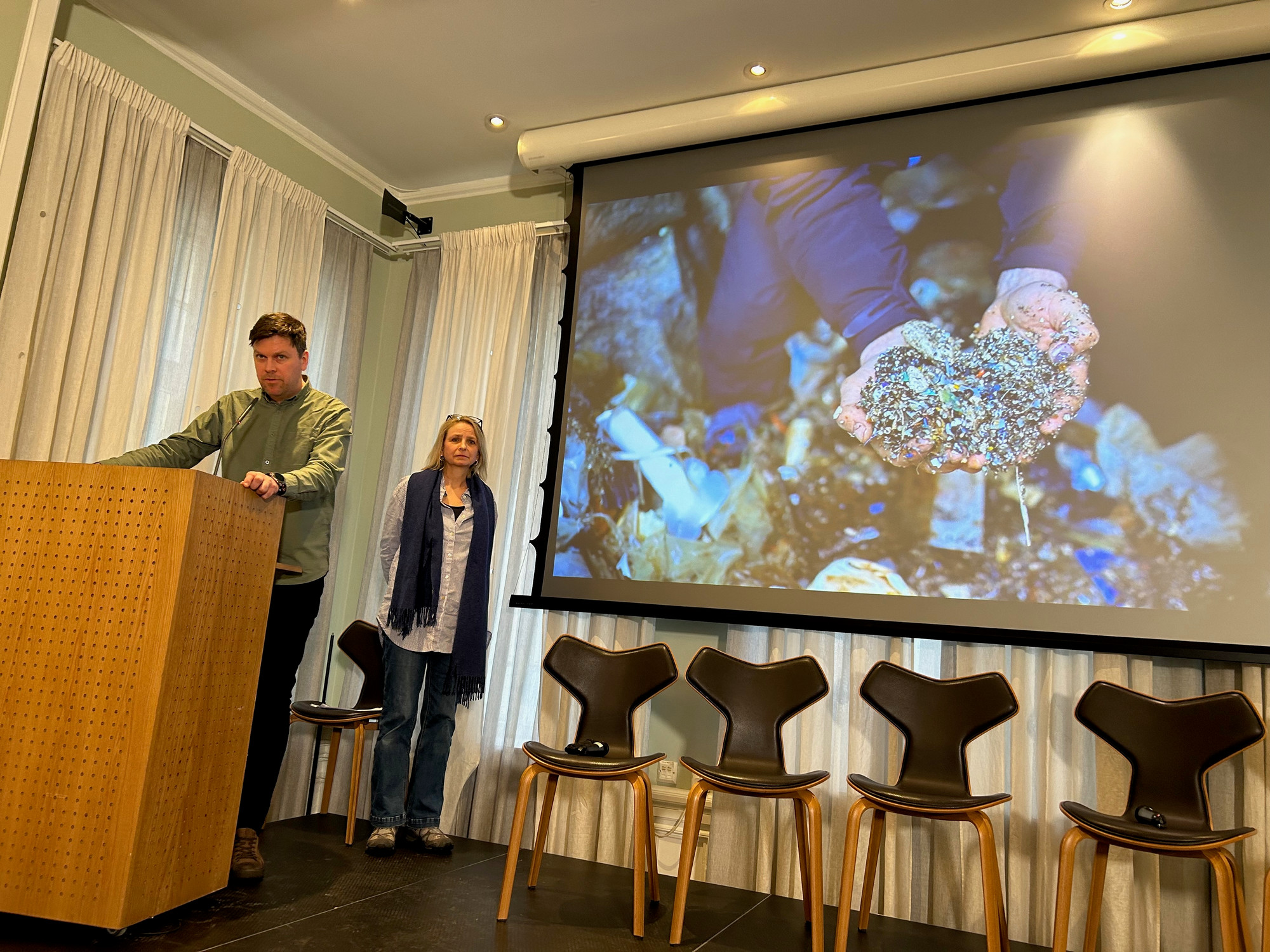
Mopeds vs the toll ring around Tromsø
The newspaper iTromsø has used data-driven journalism to investigate changes in social and economic gaps in the city.
“This resulted in 89 articles, four online specials and three town hall meetings, and then we started to run follow-ups," explains IT editor Rune Ytreberg.
The next step is the use of artificial or ‘actionable’ intelligence, as the editors call it. Innovations include a transcription app called ‘Flab’ that understands northern Norwegian dialects, and computer programs that load updated tax lists, shareholder registers, accounting registers, postal records, property registers, bankruptcy registers and annual accounts every night to search for patterns and new discrepancies. The investigative assistant ‘Laila’ reads documents. The next morning, journalists are tipped off about potential new stories to check out.
“The next step might be a robot that automates access requests," added Ytreberg.
Among the discoveries made using new methods, the IT editor mentioned that Russian trawlers have sold fish in Norway for more than NOK 1 billion since the full-scale invasion of Ukraine, and that most Tromsø residents saw a four per cent increase in income last income year, while the richest saw a 50 per cent increase. During the city’s heated toll debate, they stated that high-income vehicle owners could “buy their way around” the toll rings by purchasing electric cars. They discovered this by linking vehicle registers, tax lists and zone maps of toll road passes. The machines even found a case study: Sebastian from Tromsø, who switched from a fossil fuel combustion engine car to a more toll-friendly moped, even during the eight-month-long winter in Tromsø.
New collaboration, new competitors and spin-offs
The new impetus of investigative journalism shows no signs of stopping.
“We’re seeing spin-offs,” reported Per Christian Magnus. For example, SUJO now has a sister centre in Denmark. “Even though we are in the midst of another wave of downsizing, staffing levels in Norwegian media have increased by 13 per cent in the past four years”, said moderator and media researcher Tellef Raabe.
The new forces are often developers, computer scientists and IT specialists, as is the case in iTromsø. This means that new networks are being formed in the industry, such as Media in AI.
“Technological development has happened so quickly that the competition is no longer really between Norwegian groups, but against much larger international groups,” said Ytreberg.
Capacity
Several participants in the debate emphasised that investigative journalism is first and foremost good journalism, and that it does not need to involve large-scale projects. Instigation must be part and parcel of everyday thinking. This was also the opinion of Andre Støylen, incoming CEO of the Amedia Foundation, which is now devising a new strategy for investigative journalism at Amedia. The new person in charge of this, Erik Sønstelie, was also present. He pointed out that investigations by newspapers that are hard-pressed for capacity require clear priorities.
Too much power in the hands of the press
Camilla Heiervang of the Oslo Freedom Forum, formerly a journalist with the newspaper Vårt Land, mentioned the psychological challenges facing local journalists who live near the sources they have to scrutinise while maintaining their ability to be critical.
“We find that many people are reluctant to get involved in sensitive investigative cases. You are not simply a journalist. You also have to deal with the same people on football pitches or at parents’ meetings,” remarked Ytreberg.
Consequently, a local newspaper in Troms has a journalist in Lyngen who drives 50 kilometres every day to cover Skjervøy, while a journalist in Skjervøy travels to Lyngen every day, allowing both of them to avoid the issue of having overly close ties to their local communities.
. .Fritt Ord supports the Centre for Investigative Journalism, Investigate Europe and iTromsø.
Want to receive news about Fritt Ord’s projects, prizes and events? Subscribe to Fritt Ord’s newsletter.
